Review of the 5th UAV Flight Test Convention in Cochstedt
On October 16 and 17, 2024, the DLR facility Technologies for small aircraft at the National Experimental Test Center for Unmanned Aircraft Systems hosted the fifth edition of the UAV Flight Test Convention (UAV: Unmanned Aerial Vehicle). At the event, around 100 participants from science and industry gathered in Cochstedt (and also virtually at the same time) to exchange ideas and share experiences on current challenges, trends and developments in the field of unmanned aviation.
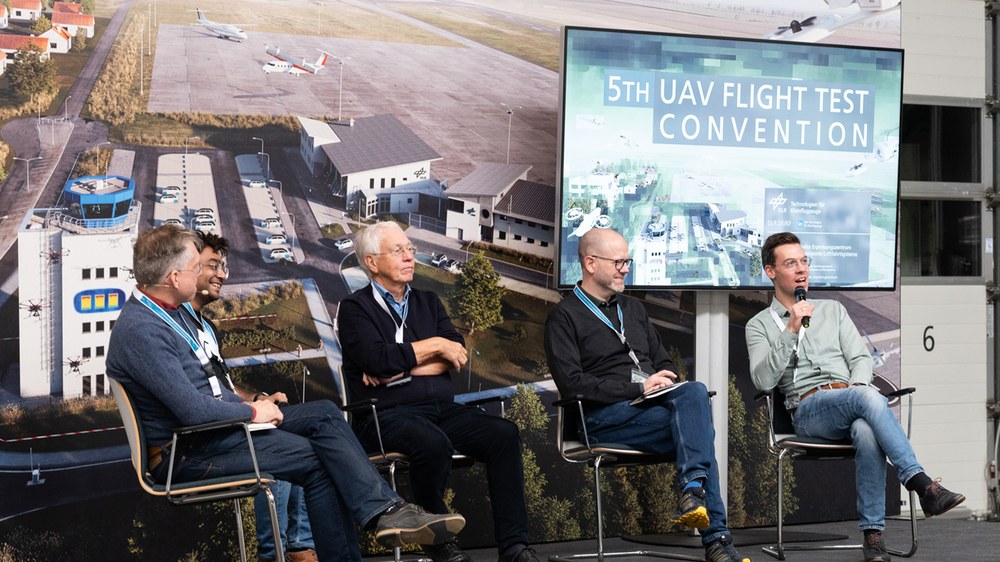
Wide range of topics
The program of this year's Flight Test Convention comprised a total of 22 presentations spread over two days, covering a wide range of topics. For example, some speakers presented concepts and strategies to meet the technical and regulatory challenges that arise in the practical testing of unmanned aircraft systems (UAS).
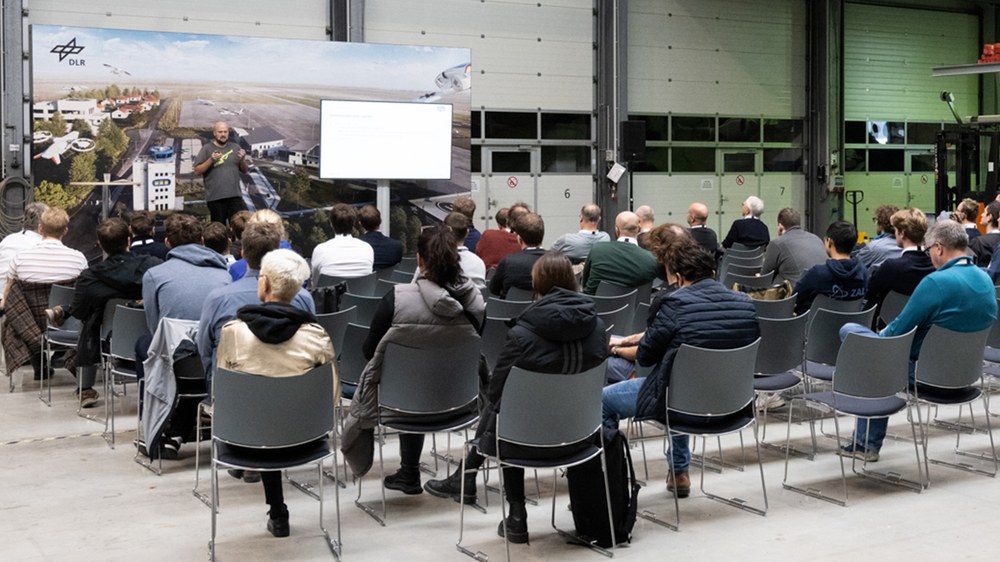
In addition to numerous innovative concepts, the lectures also presented specific projects and aircraft that have already been implemented and tested in practice. Some of these, such as the HyBird aircraft concept and the innovations from DLR's cooperation with the company Wings for Aid, have already been part of flight tests at the National Experimental Test Center for Unmanned Aircraft Systems in Cochstedt in the past.
The presentations were rounded off by a lively and stimulating panel discussion on the topic of "Current and Future Challenges of UAV Flight Testing".
A total of 21 speakers from eleven different companies and institutions gave presentations at this year's Flight Test Convention, as well as internally at DLR from the Institutes of Flight Systems, Electrified Aircraft Propulsion Systems and the National Experimental Test Center for Unmanned Aircraft Systems.
Impressive flight demonstrations
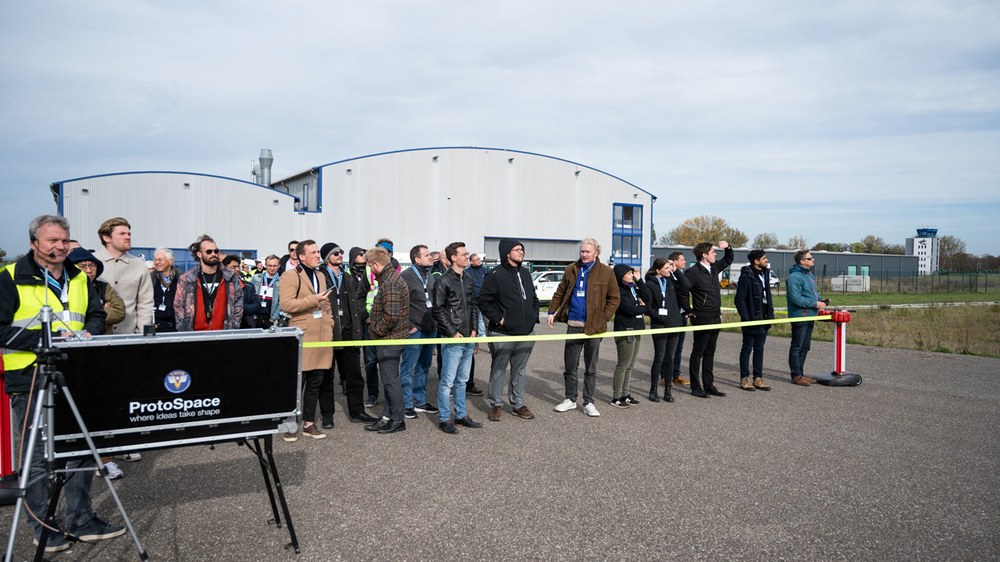
This year's Flight Test Convention at the National Experimental Test Center in Cochstedt enabled participants to not only present their concepts and aircraft in theory, but also to demonstrate them in practice. For example, representatives from the DLR Institute of Flight Systems from Braunschweig presented the PROTEUS aircraft model, which is currently being used as a test vehicle for scaled flight tests as part of the morphAir project. In such tests, smaller aircraft are used initially so that new technologies can be tested and analyzed with the lowest possible financial risk and without major regulatory hurdles.
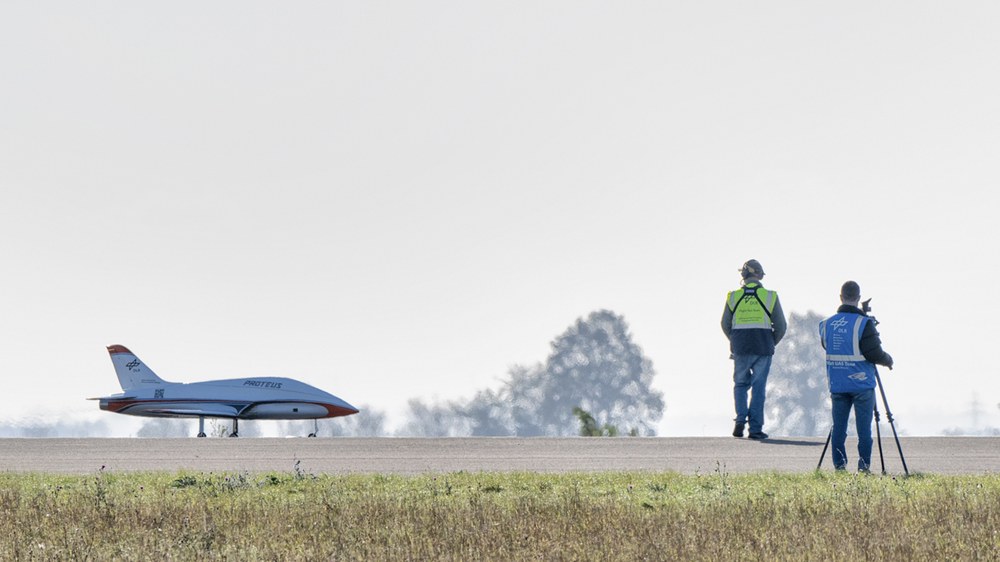
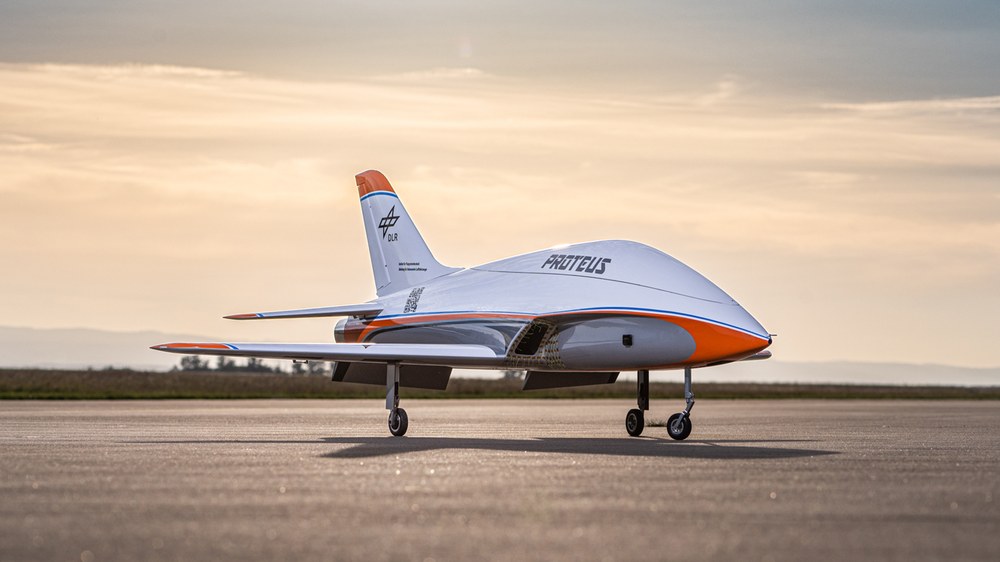
The PROTEUS model on display has a wingspan of 2.5 meters, a maximum take-off weight of approx. 25 kilograms and reaches a maximum flight speed of 300 kilometers per hour. A larger version of the PROTEUS with a wingspan of 2.99 meters and a take-off weight of 70 kg is currently being developed as part of the morphAIR project.
A popular format
The UAV Flight Test Convention has been held annually by different institutions and organizations since 2019 (the event was cancelled in 2020 due to the coronavirus pandemic), with the number of participants increasing steadily in recent years. Previous organizers have been the Center of Applied Aeronautical Research Hamburg (ZAL) together with Airbus, the Hamburg University of Applied Sciences (HAW), the Institute of Aircraft Systems Engineering at Hamburg University of Technology (TUHH) and Delft University of Technology. The event is aimed at everyone involved in the development and testing of unmanned aerial vehicles.
The UAV Flight Test Convention is not a "classic" high-caliber scientific conference, but rather an uncomplicated and low-threshold exchange of experiences between players within the flight test ecosystem.
